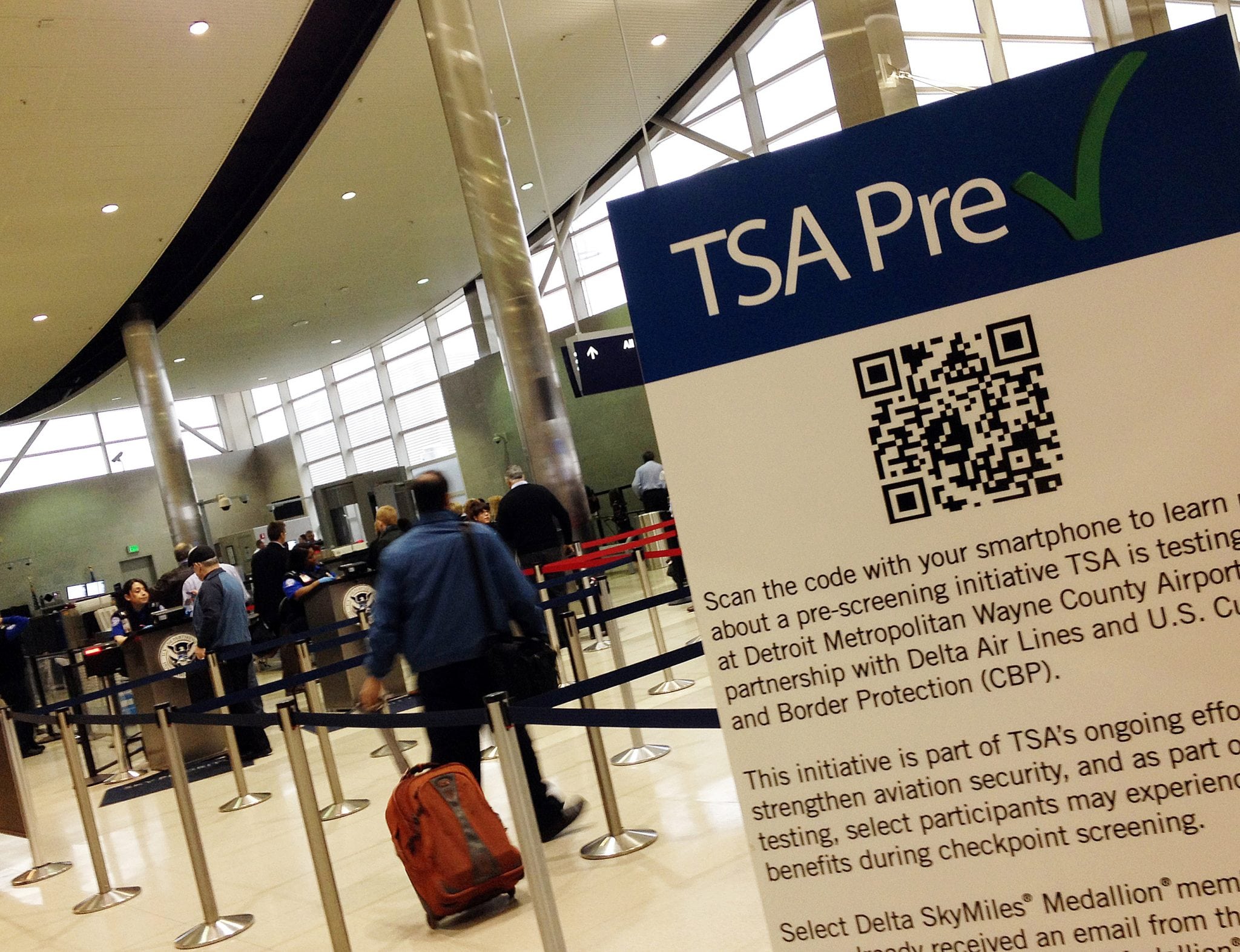Skift Take
Monthly international traffic through the U.S. grows from the start of the year through the summer months before leveling out in the fall.
Seventy-eight million travelers flew to and from the United States in the first five months of 2014, a seven percent increase over the same period last year, according to data released today by the National Travel and Tourism Office.
International air traffic also picked up in comparison to April as the northern hemisphere inched towards summer holidays. Seventeen million more travelers flew in and out of the country compared to the previous month.
Every month, the OTTI releases data regarding recent travel activity, including details about international air passenger traffic to and from the United States. This is the most recent month for which this information is available.
For statistics on international air traffic in April 2014, see here.
The number of U.S. citizens flying abroad increased 7.7 percent, representing 43 percent of all air traffic, while non-U.S. citizens increased 6.7 percent to represent 57 percent of market share.
Total overseas air travel is almost exactly split between U.S. and foreign flag carriers.
The largest markets for air traffic to and from the U.S. are Europe and Asia, which combined account for 41 percent of all international traffic. The markets that experienced the largest growth in the first fourth months of 2014 versus 2013 are the Middle East and Central America.
Overseas regions performed as follows:
| Overseas Regions | Passengers (mlns) | % of all International | % Change 2014 / 2013 |
|---|---|---|---|
| Europe | 20.3 | 26% | 5.6% |
| Asia | 11.7 | 15% | 4.9% |
| Caribbean | 8.6 | 11% | 6.9% |
| South America | 6.1 | 8% | 5.1% |
| Central America | 4.5 | 6% | 12.1% |
| Middle East | 3 | 4% | 15.9% |
| Oceania | 1.8 | 2% | 3% |
| Africa | 0.5 | 1% | -1.8% |
Almost a third, or 28 percent, of international traffic is between the U.S. and Mexico or Canada. Mexico air traffic increased more significantly, up 13 percent in comparison to the previous year, while air traffic between the U.S. and Canada only grew by 6 percent.
Canada captures a slightly larger share of the North American market at 15 percent.
Air traffic between the U.S. and Canada performed as follows:
| Canada Region | Passengers (mlns) | % Chg Y-o-Y | Market Share |
|---|---|---|---|
| U.S. Citizens | 2.393 | 7% | 21.00% |
| Non-U.S. Citizens | 8.986 | 6% | 79.00% |
An interesting difference in the two markets is the kind of carriers that serve them.
Foreign carriers account for slightly more market share, 58 percent, than U.S. carriers to and from the U.S. and Canada. The opposite is seen in Mexico where U.S. carriers account for 78 percent of air traffic.
Air traffic between the U.S. and Mexico performed as follows:
| Mexican Region | Passengers (mlns) | % Chg y-o-y | Market Share |
|---|---|---|---|
| U.S. Citizens | 6.506 | 14% | 64.70% |
| Non-U.S. Citizens | 3.551 | 11% | 35.30% |
The Daily Newsletter
Our daily coverage of the global travel industry. Written by editors and analysts from across Skift’s brands.
Have a confidential tip for Skift? Get in touch
Tags: skiftstats
Photo credit: One benefit of having a Global Entry card is that you can use the TSA Pre-Check lanes to speed through security on domestic flights. This is the line at the McNamara Terminal at Detroit Metro Airport. Ellen Creager / Detroit Free Press/MCT
